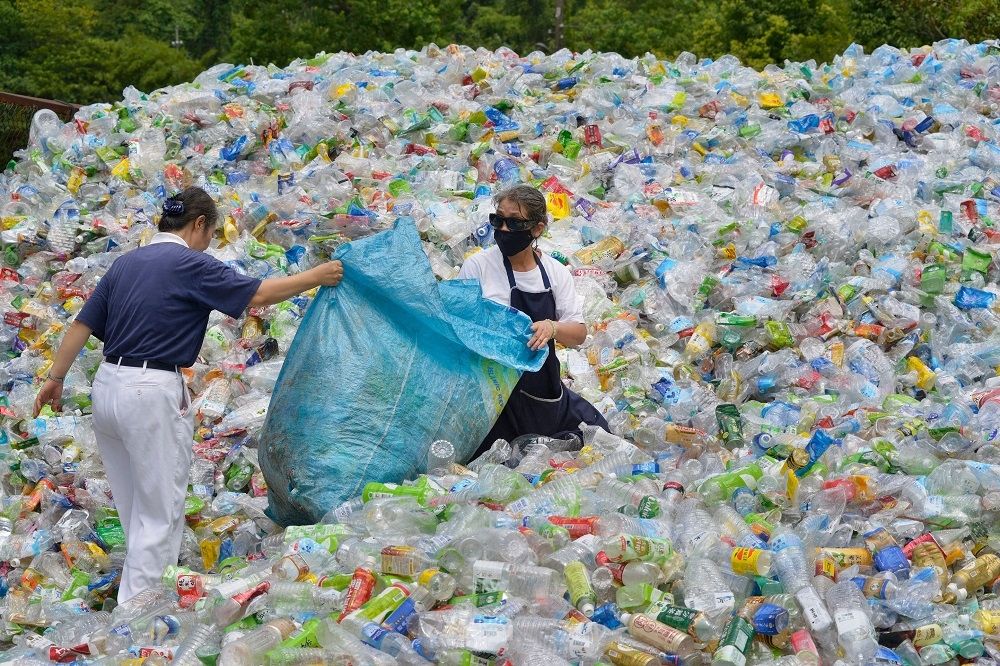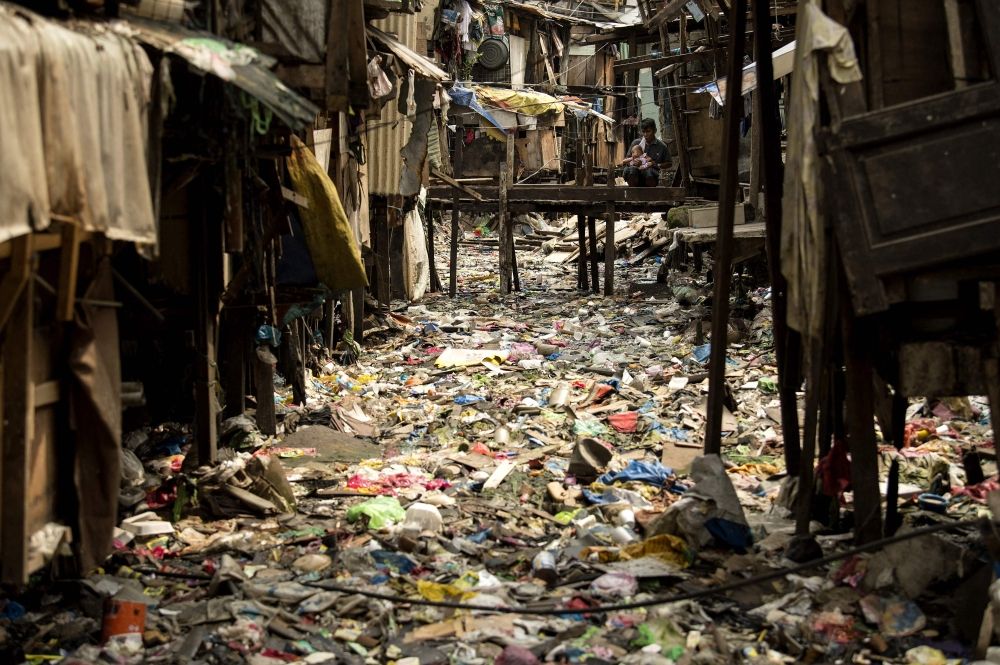Hello and welcome to the details of Our world is drowning in plastic: Where does our ocean waste really come from? and now with the details

Nevin Al Sukari - Sana'a - In the form of bottles, tyres, packaging and piping, millions of tonnes of plastic waste are dumped every year in the world’s waterways, often ending up in the oceans. — AFP pic
PARIS, Sept 20 — In the form of bottles, tyres, packaging and piping, millions of tonnes of plastic waste are dumped every year in the world’s waterways, often ending up in the oceans.
And their amount could almost double by 2060, unless strong measures are taken against the pollution, the Organisation for Economic Cooperation and Development (OECD) warns.
Due to mass production of the material from the 1950s to 2019, 140 million tonnes have already accumulated in the rivers, lakes and oceans, the OECD said in a 2023 report.
Some 22 per cent of this forms a “plastic soup” in the oceans and 78 per cent is found in freshwater ecosystems.
Poor waste management
Plastic burned in open pits or tossed in uncontrolled or unauthorised dumpsites is the main source of pollution of the aquatic environment.
Most of this plastic waste ends up in freshwaters, with a large part, including bottles and plastic used in the construction sector, sinking in waterways and lakes.
The rest, including food packaging and closed bottles, floats for “years, even decades”, before ending up in the oceans, the OECD says.

Due to mass production of the material from the 1950s to 2019, 140 million tonnes have already accumulated in the rivers, lakes and oceans. — AFP pic
Waste from shipping activity, including nets and fishing gear, is to a much lesser extent another source of plastic waste in the oceans, as well as so-called microplastics, pieces of plastic which measure less than five millimetres.
So called macroplastic, which is bigger than five millimetres, has an average life cycle of six months to 35 years and slowly decomposes to become microplastic, which is “more likely to be ingested by aquatic species”, the OECD says.
Asia’s rivers
The risk of plastic moving from land to the waterways, and then into the sea, differs from location to location.
Out of some 100,000 waterways, only 1,000 are responsible for four-fifths of the macroplastic waste in the oceans, according to a 2021 study by researchers for NGO Ocean Cleanup published in the Science Advances journal.
The remaining fifth comes from 30,000 other rivers.
Out of the 50 main rivers carrying plastic to the oceans, including small urban waterways, 44 are in Asia, “due to population density and bad waste management”, Laurent Lebreton, Ocean Cleanup’s director of research, told AFP.
The Philippines, which has thousands of islands, dumps the most plastic into the sea. Its Pasig River, which flows into Manila Bay, is “the most (plastic) polluted” in the world.
With the Philippines’ Tullahan and Meycauayan Rivers, India’s Ulhas River and Malaysia’s Klang River, it is one of the top five carrying plastic into the oceans.

The Philippines, which has thousands of islands, dumps the most plastic into the sea. — AFP pic
Gloomy forecast
Driven by rising population and economic growth, the global use of plastics should almost triple between 2019 and 2060, to 1,231 million tonnes (Mt) per year, according to the OECD.
That is a gloomy outlook for the aquatic environment where 493 Mt of plastic could pile up by 2060, of which more than half from sub-Saharan Africa, China, India, and other developing Asian countries, it says.
In Europe and the United States, on the contrary, plastic industrial waste in the aquatic environment should decrease, due to improved waste management, the OECD forecasts. — AFP
These were the details of the news Our world is drowning in plastic: Where does our ocean waste really come from? for this day. We hope that we have succeeded by giving you the full details and information. To follow all our news, you can subscribe to the alerts system or to one of our different systems to provide you with all that is new.
It is also worth noting that the original news has been published and is available at Malay Mail and the editorial team at AlKhaleej Today has confirmed it and it has been modified, and it may have been completely transferred or quoted from it and you can read and follow this news from its main source.







